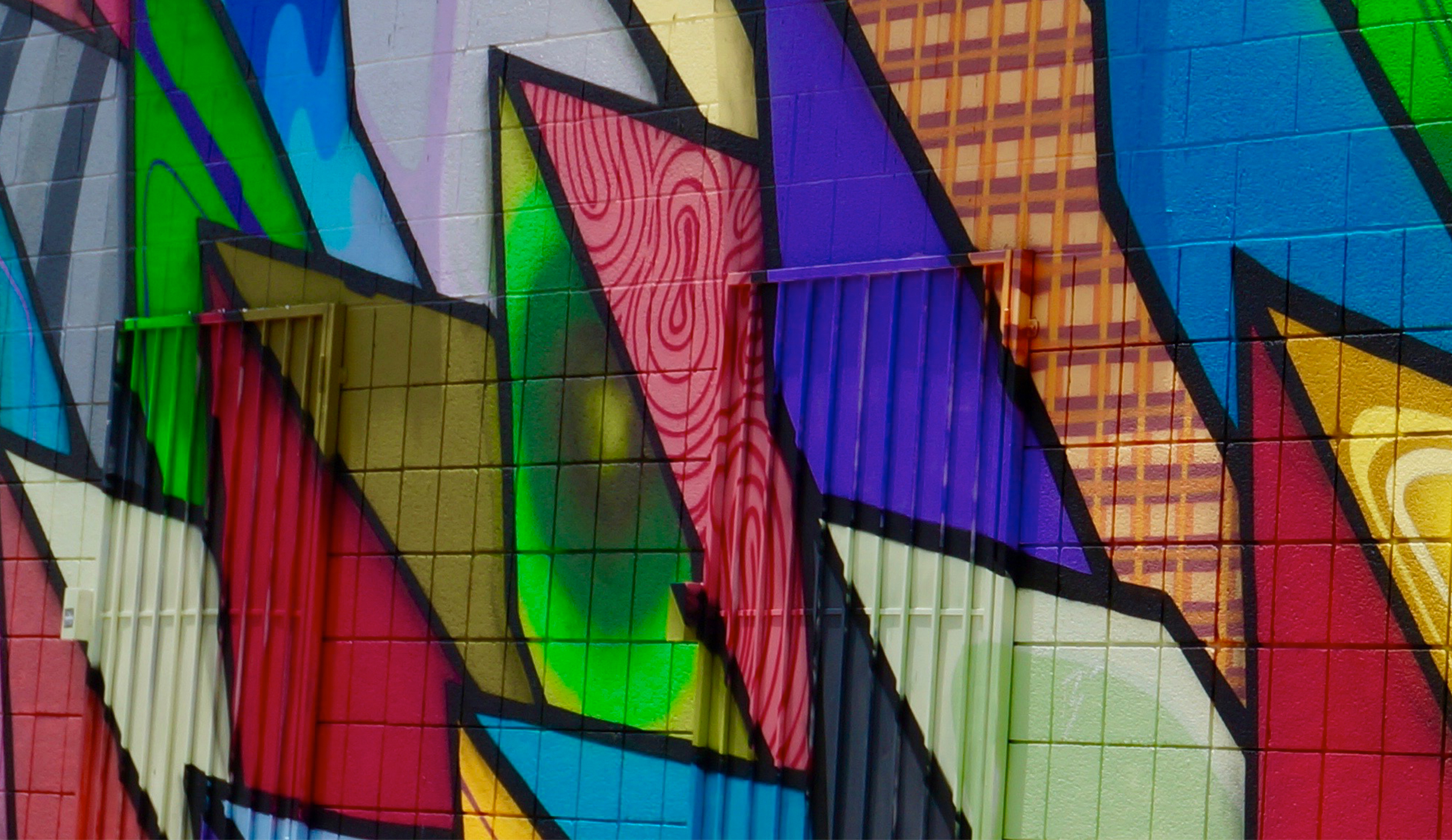Suddenly, green is everywhere. Overnight, this color and all that it represents have become the topic of almost every conversation, news article, and company press release. Some of our favorite brands – TOMs, Patagonia, Whole Foods – rest on this promise of “living green.” Our culture is poised on the cusp of a movement with truly great importance. In some ways, it is reminiscent of the Internet revolution of the late 1900s…although this is much more crucial. After all, it’s going to be tough to shop, work, and build communities online if we have no planet from which to sit and click.
Still, there are quite a few valuable lessons to be learned from the recent technology revolution. Let’s flash back to the mid-1990s. Overnight, every institution or business that mattered had suddenly become, or was about to become, a dotcom. It seemed easy: buy a domain and join the dotcom club. Bricks and mortar looked dead as dinosaurs. Aside from a URL, the other chief requirement for joining the dotcom club was to adopt some variant of a swooping elliptical logo…bonus points if the organization’s name could begin with a lower-case “e”. Do those things and…voila!…you were positioned for success.
Of course, over a decade later, we know how the story unfolded…or rather, is unfolding. The dotcom movement matured and splintered, sending its shards to infiltrate and forever alter wide-ranging aspects of international business and social life. Yes, there were amazing successes along the way, but there were even more colossal failures. It quickly became clear that qualifying as a player in the online business age required more than being an Internet company with a sexy website. Hyper-vigilant and hypercritical, consumers soon demanded to know what each particular dotcom was doing and why it mattered to them. In the realm of branding, this evolution placed heightened importance on the fundamental rules of brand building: understand your audience, create distinction, promote a unique promise and back it up in everything that you say and do
Fast forward to 2017 and sustainability has become the latest trend. All a business or institution has to do is plaster its collateral and messaging with references to the color green (bonus points for adding a leaf form) and again…voila!…positioned for success. And the funny thing is, for the short term, adding this bit of greenwash to the brand might just work. But it won’t work for very long.
Far from being a singular idea, the category of sustainability covers a much broader spectrum of ideas than the Internet revolution possible could. It spirals through ideas about the environment, social justice, technological innovation, indigenous peoples’ rights, education, cultural and behavioral change, equitable wealth distribution, and more. Sustainability involves such a huge, important, and multilayered series of issues that it will soon mature, splinter, and infiltrate our world in ways we can’t yet imagine.
Just a quick look at some of the projects our team at Minelli has worked on provides a glimpse of the sort of diversity that already distinguishes the sustainability realm. We rebranded a truly amazing Native Alaskan social services agency, which is rooted in cultural values that have existed for thousands of years. Those values have always been about people, community, and respect for the environment but they never called it green. We have also branded and developed a marketing strategy for an early stage contracting company that brings renewable energy solutions into residential markets. In order to succeed, the firm needed to restrict its focus and concentrate on applicable, practical solutions that meet consumers’ needs today. And finally, we rebranded a well-known conservation organization that moved its ideas about land trust beyond conservation for its own sake to conservation as a way to awaken people’s relationship to the land and broaden its audience reach. By expanding their values to include quality-of-life issues, they were able to incorporate the provision of a sense of place, recreational activities, and community building into the essence of their mission.
At Minelli, we talk a lot about our philosophical approach to branding. We want to “do better by doing good.” The current and emerging issues surrounding “greenness” and sustainability create urgent needs and strong motivations for us to do our very best work. As always, that means fearless questioning, incisive strategy, and emotive design that will position our clients not just for today, but also for tomorrow, with whatever growth and transformation it may bring.
Doesn’t that sound simple? And it is simple…but it’s neither easy nor simplistic. Elegant, heartfelt solutions are born out of thoughtful and deliberate effort. No greenwash required.

